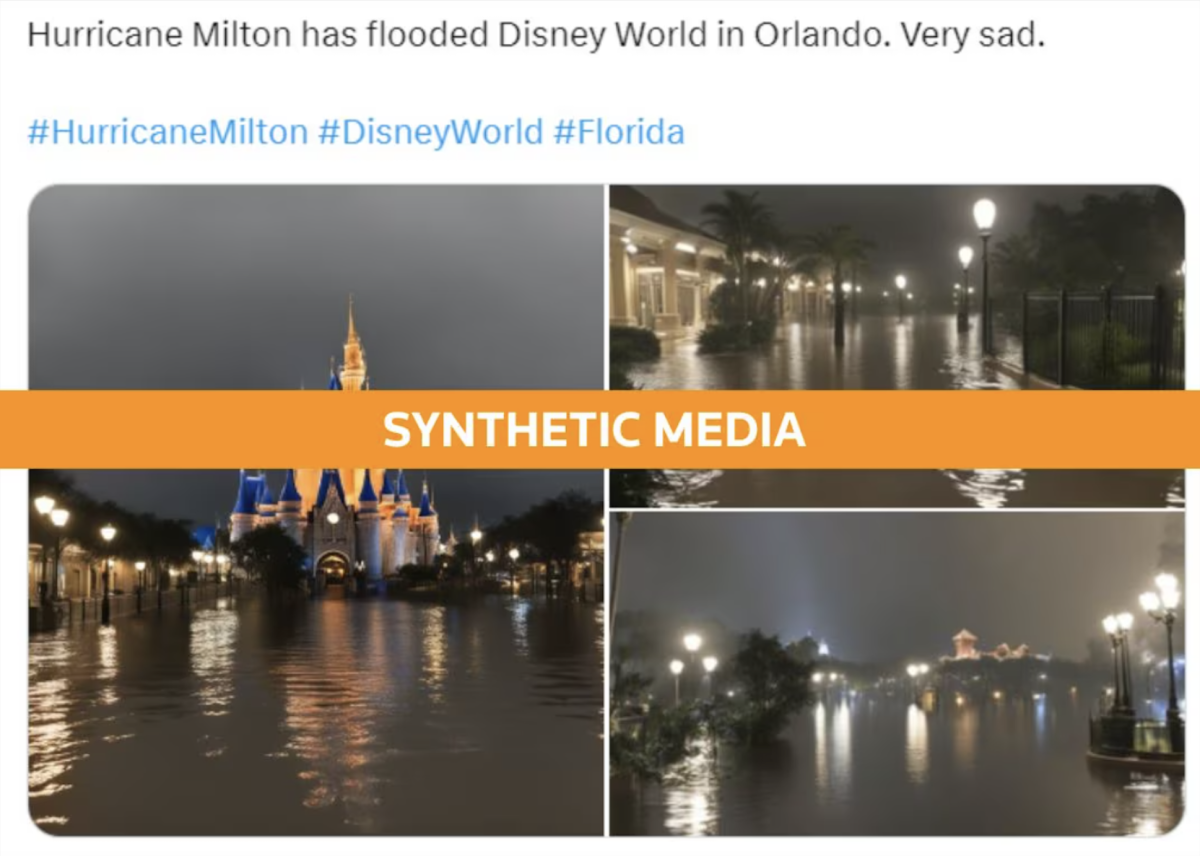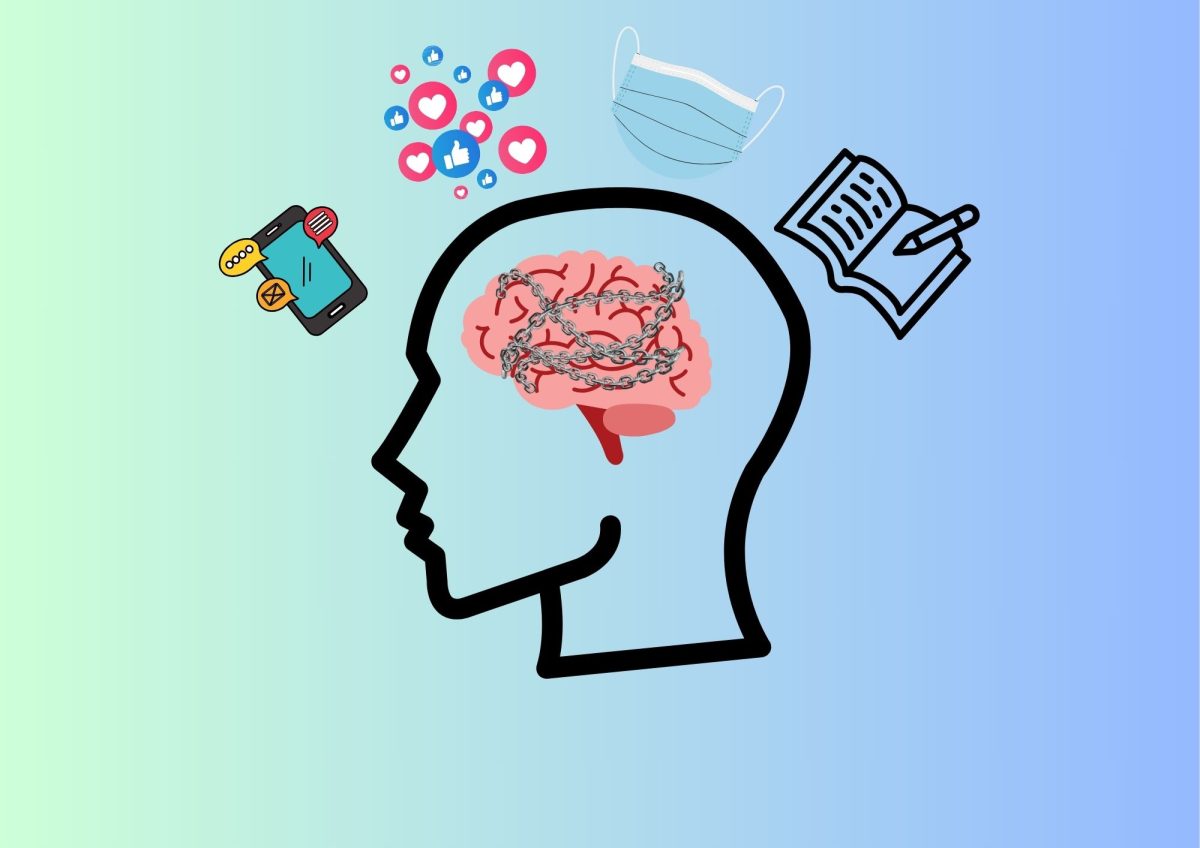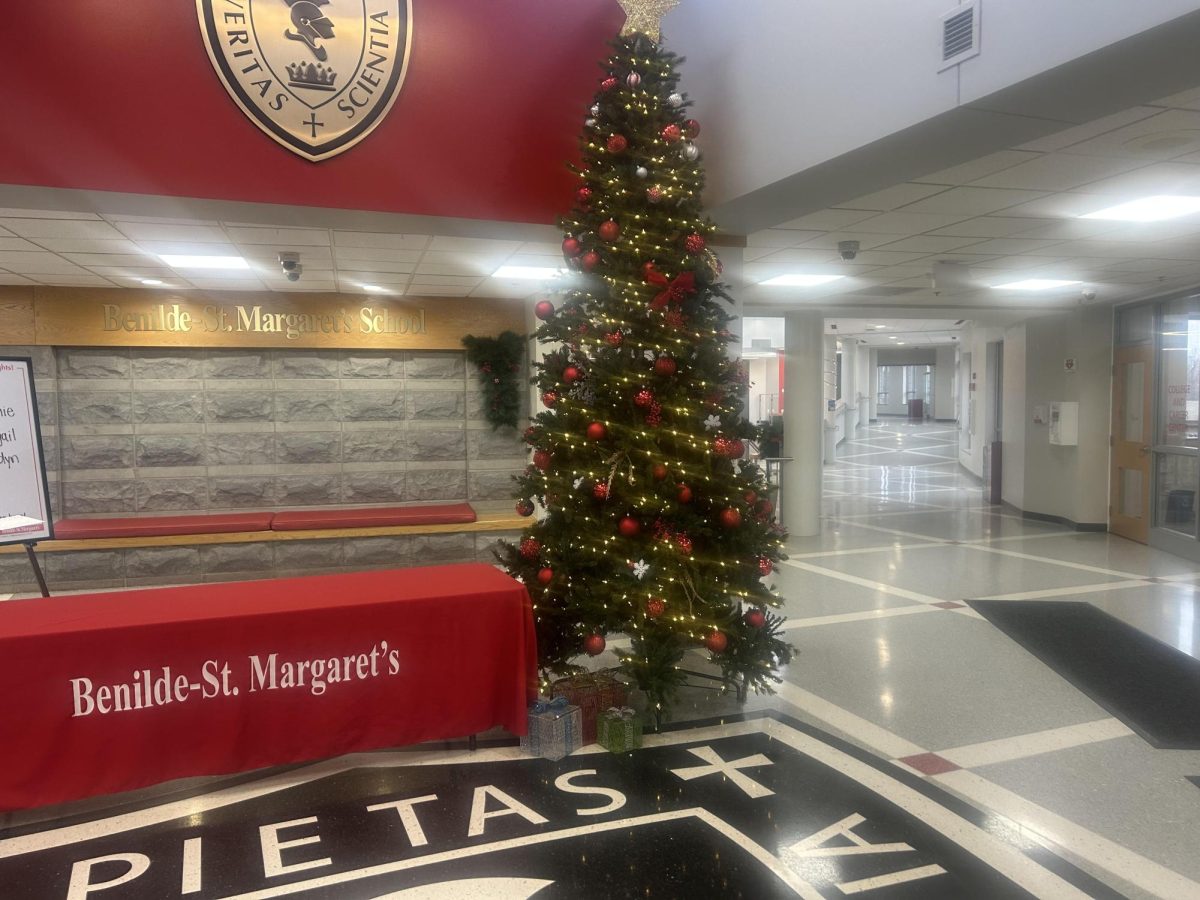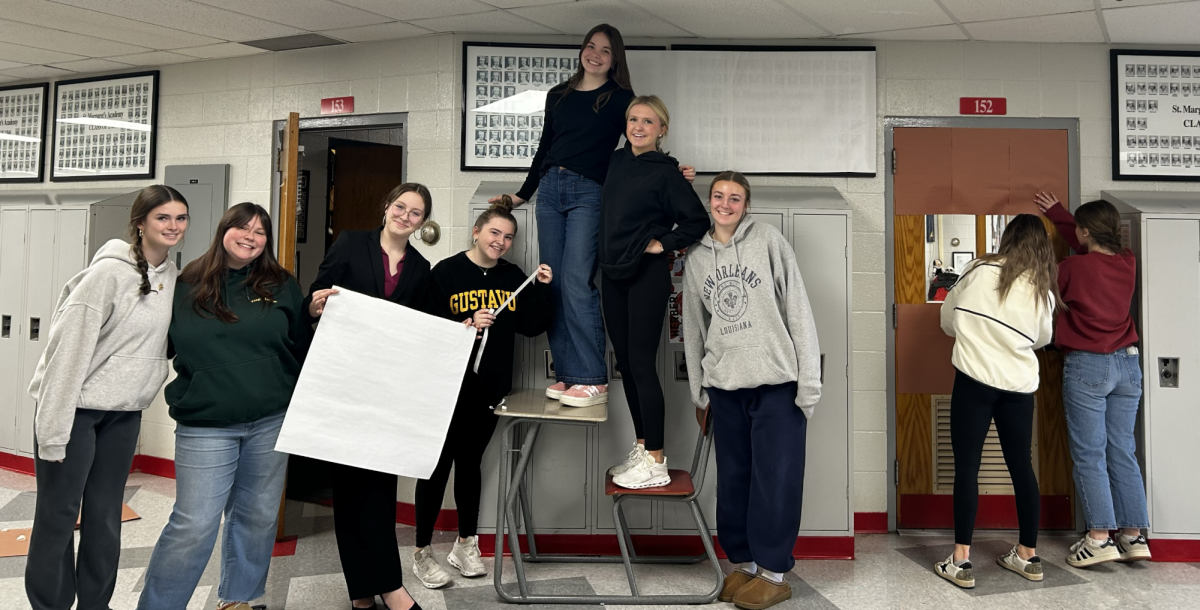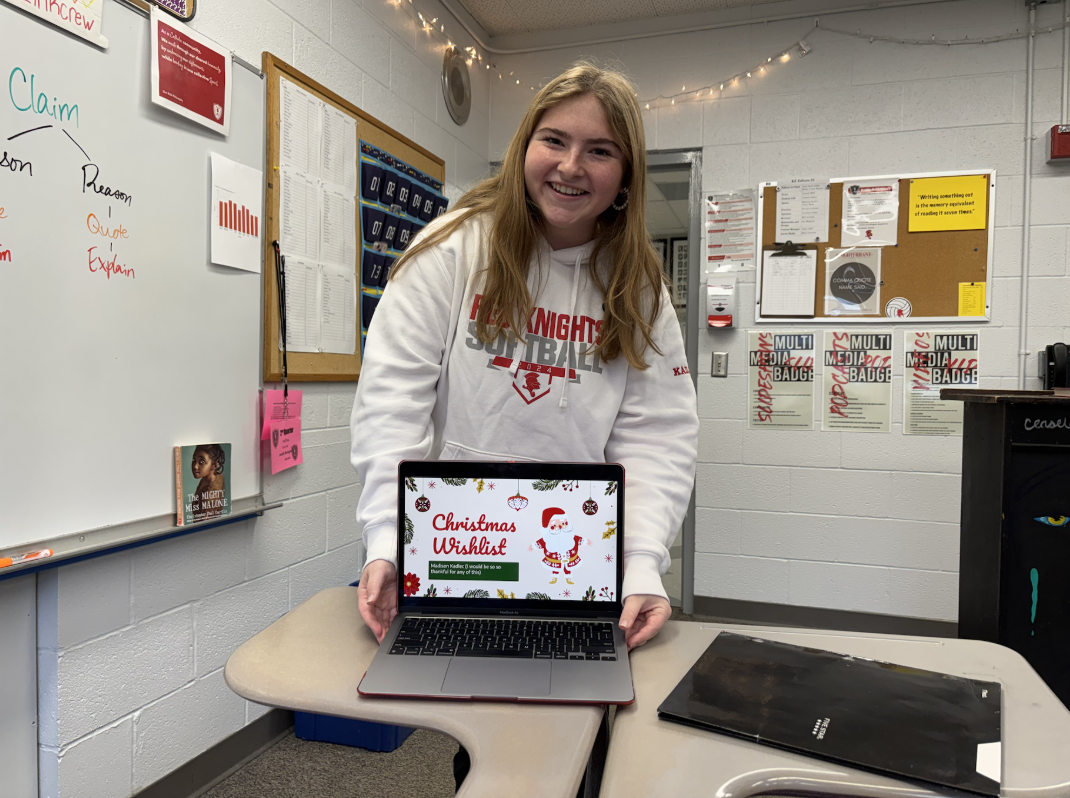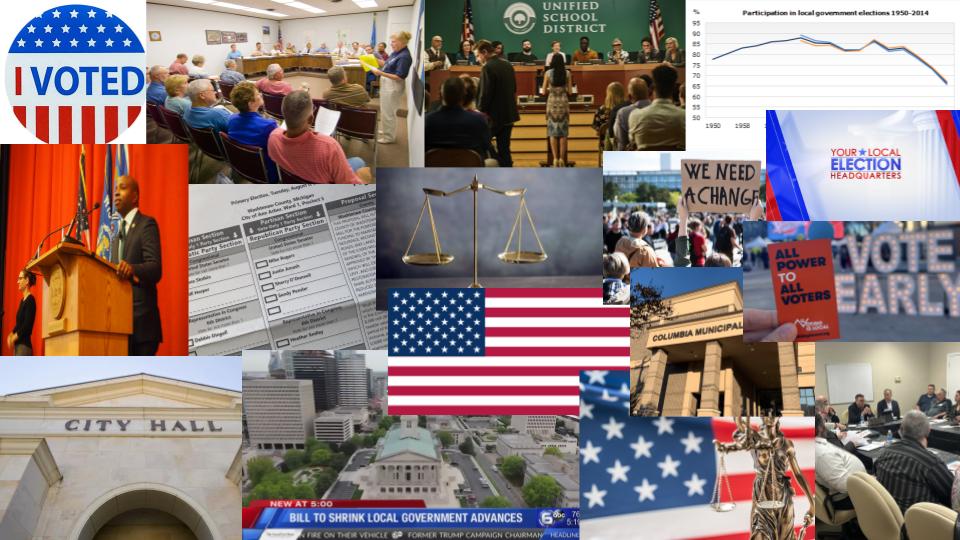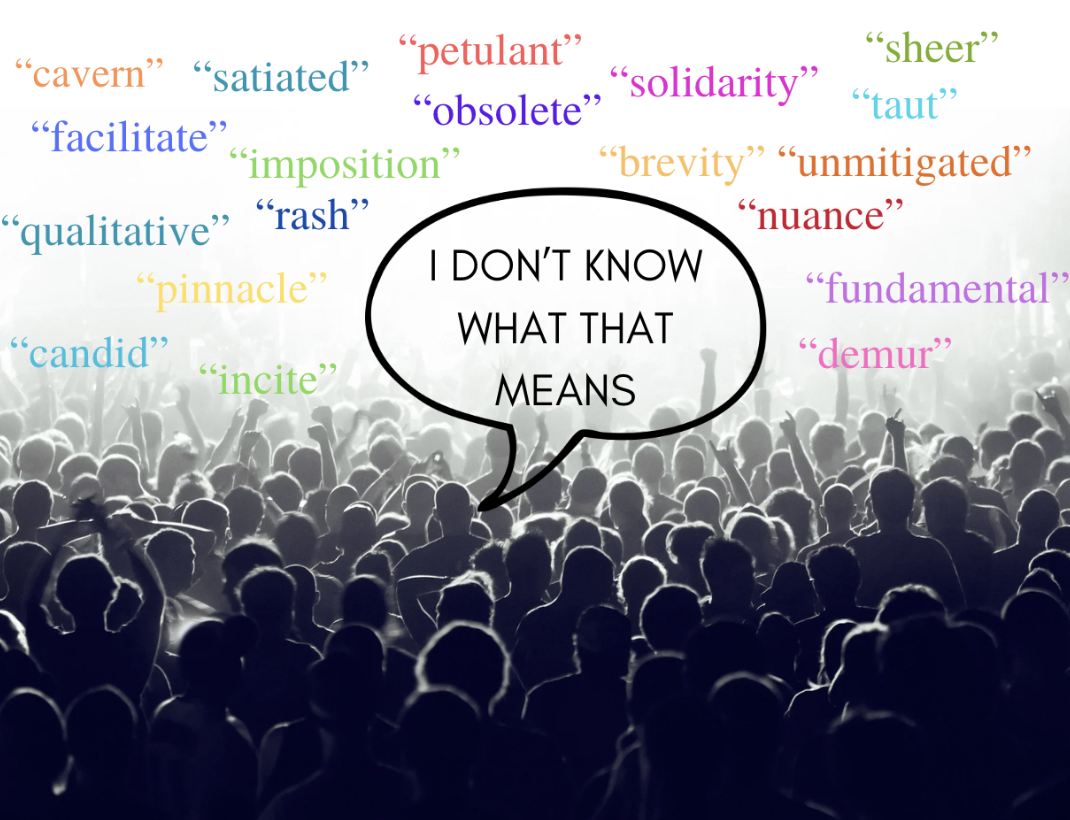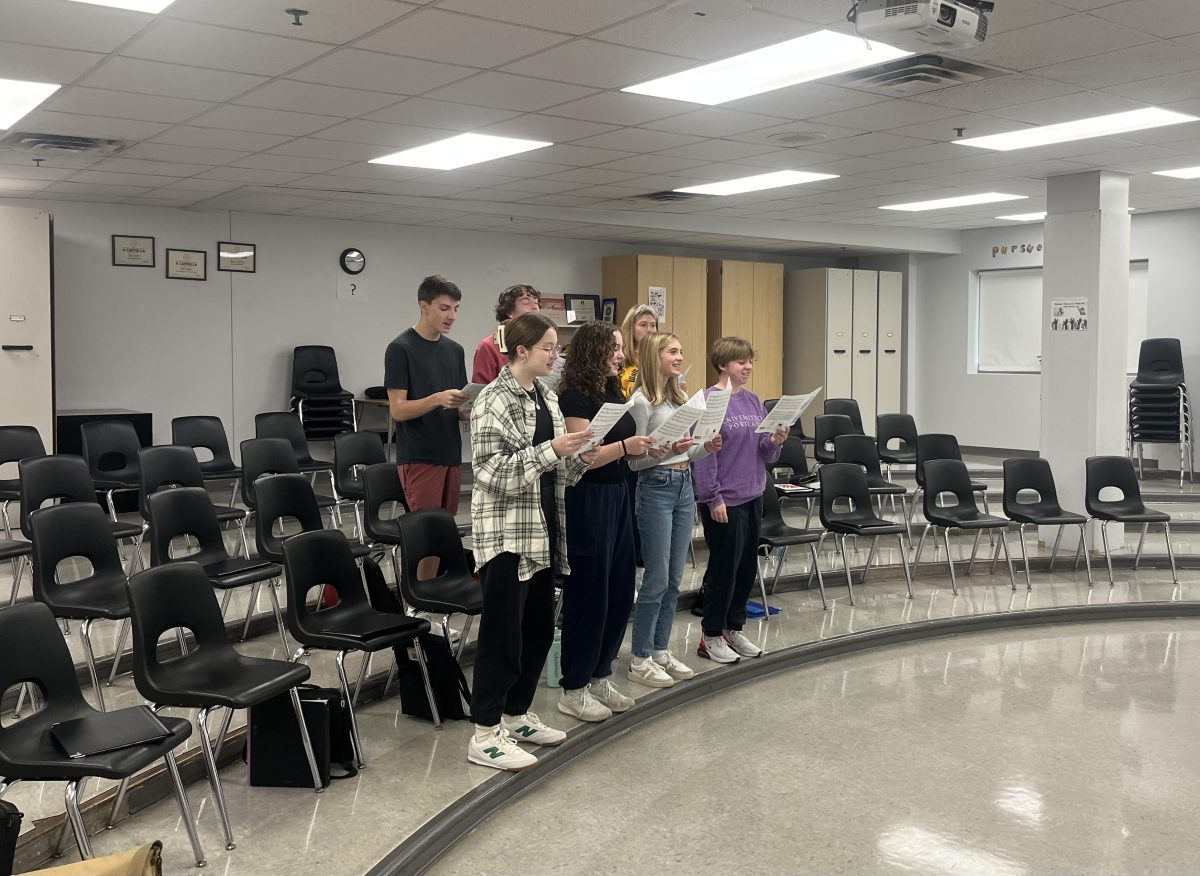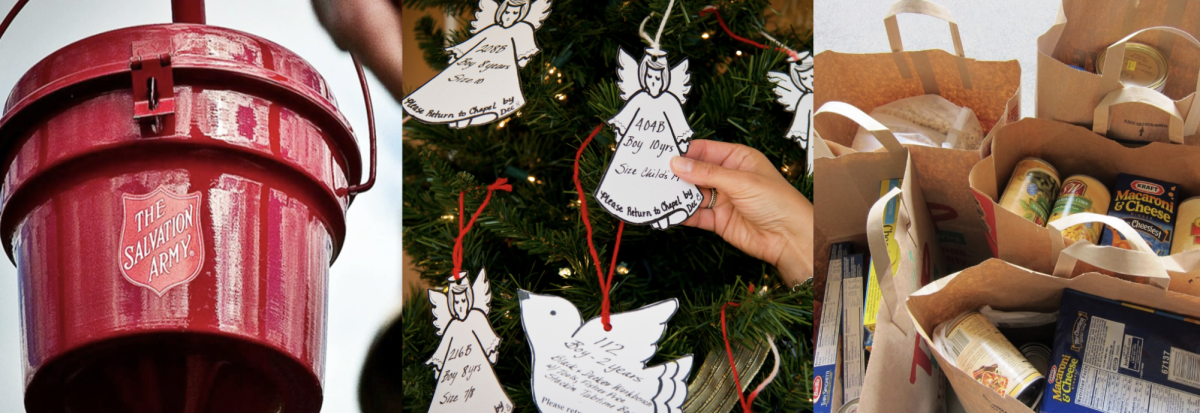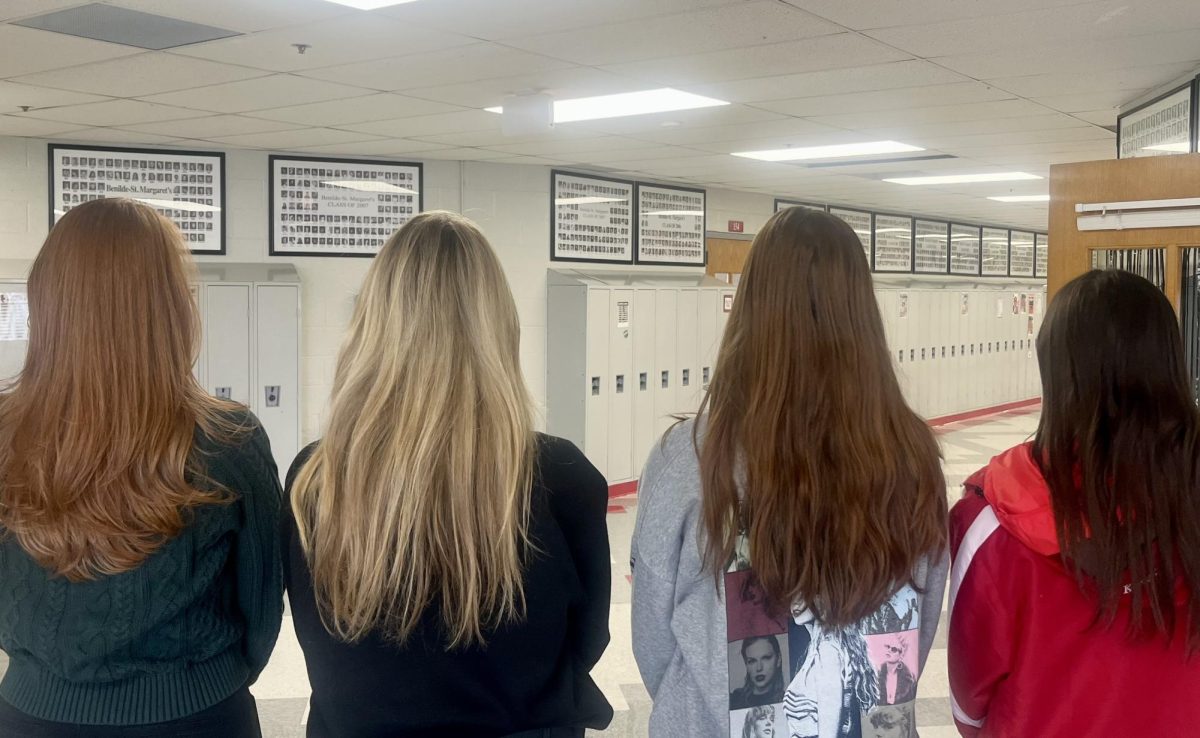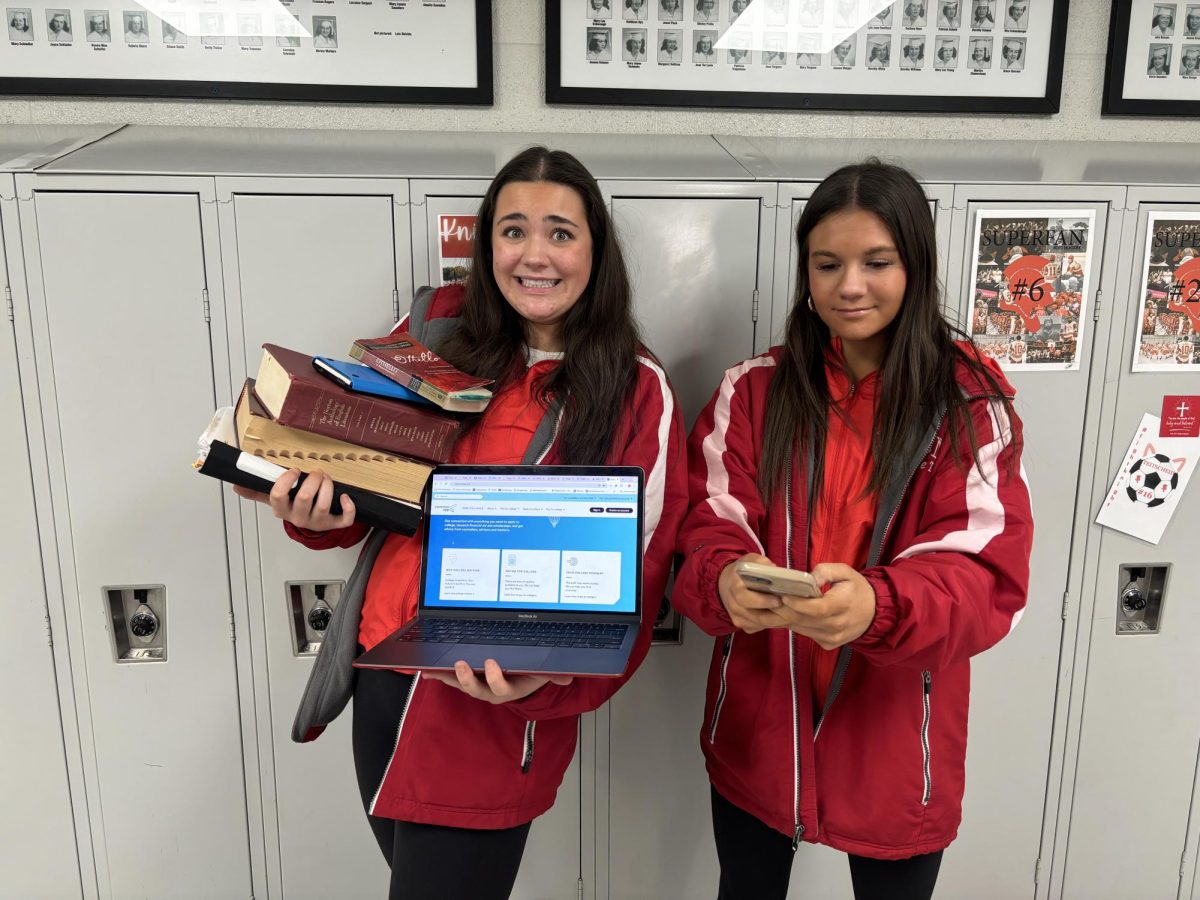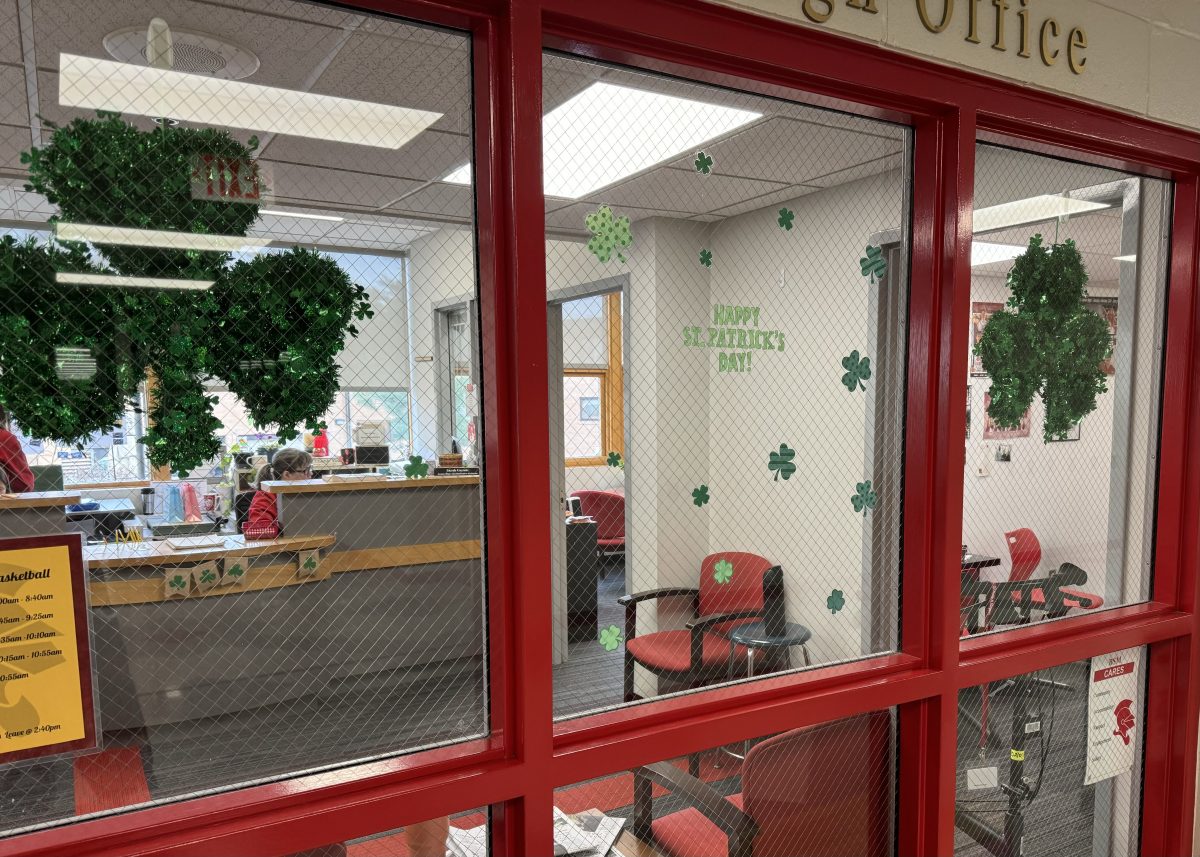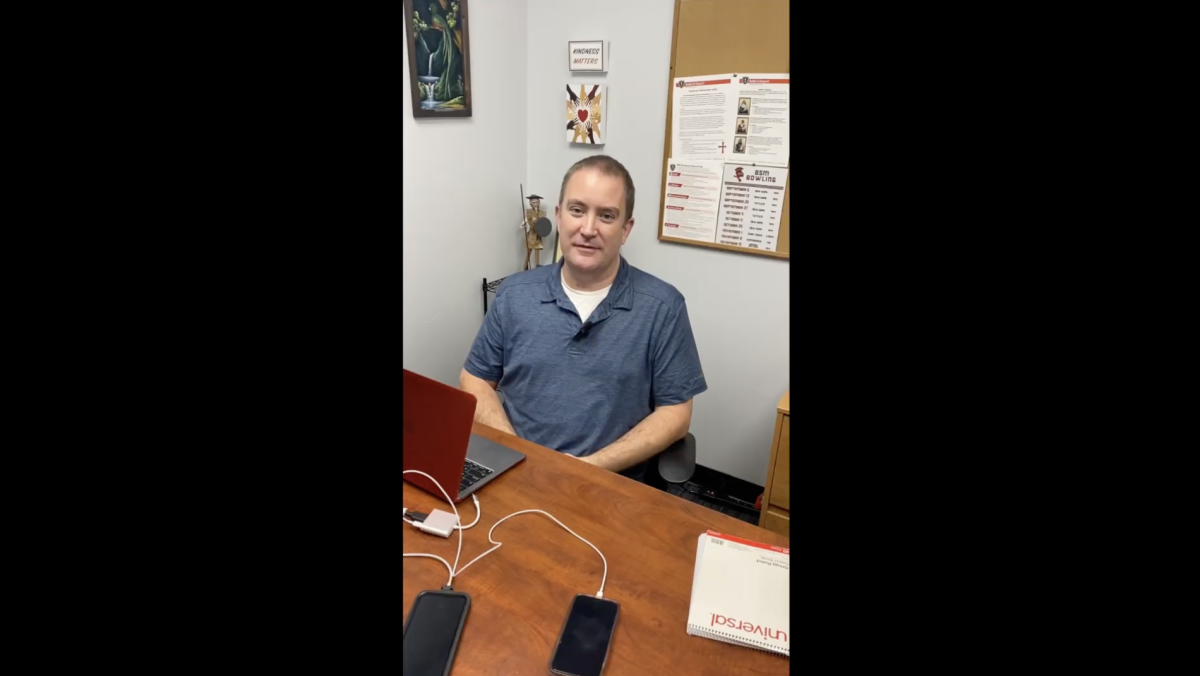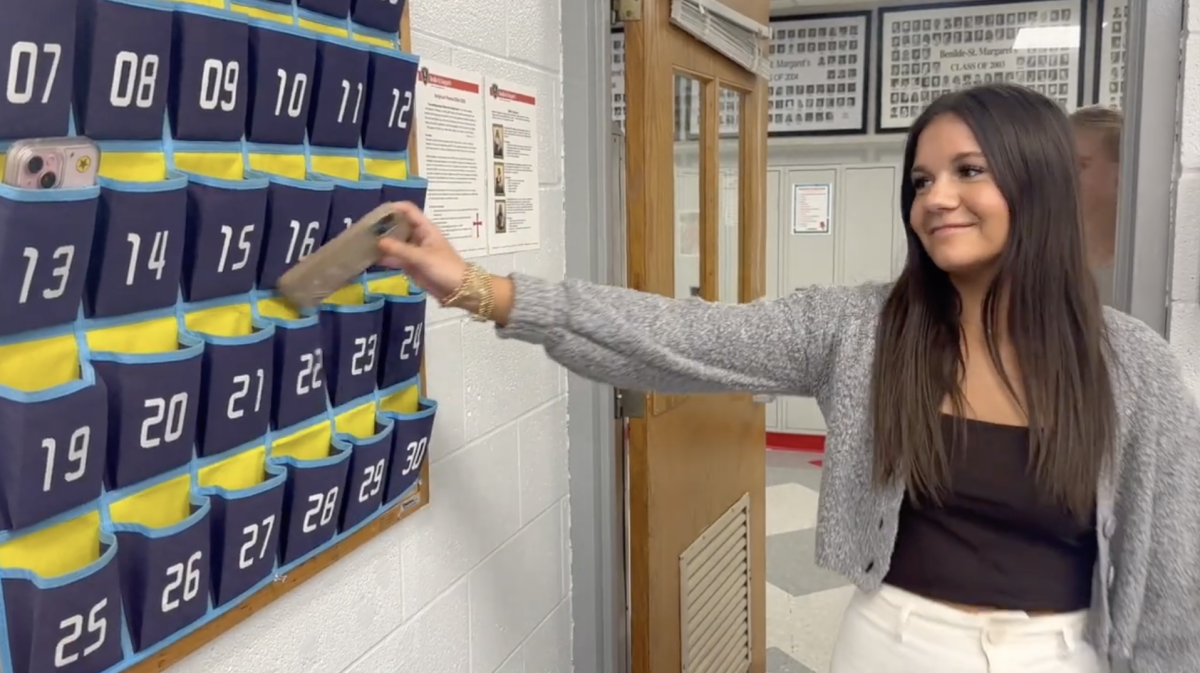In an effort to avoid wasting paper and to help BSM be just a little bit greener, teachers often use the laptops rather than excessive amounts of paper on individual copies of assignments for every student. The paper consumption for September this year has been reduced by almost 85 thousand copies and prints compared to September of last year, down by 24 percent.
The benefits of going paperless include both being aware of ecological effects and being efficient. “I always had to print off a lot more than I’d actually use…I’ve cut down my paper use probably by about fifty percent,” said Mr. Zach Zeckser.
Some teachers have been waiting for the opportunity to cut down on paper use for a while now. “It was actually something I was thinking about doing last year,” said Mr. Zeckser.
This new method of utilizing the laptops not only saves paper, but also makes the process of using less paper easier for teachers. “I think it’s easier on [the laptops] because I can upload the assignment on Edline and tell [the students] where it is, and if a student is absent they can still access it,” said Ms. Barbara Uschold-Anderson.
For some teachers, the idea of using less paper is quite simple. “It’s just trying to be economical and ecologically smart,” said Mr. Zeckser.
Getting used to less paper consumption takes little time and effort. “It makes sense to me once I’ve learned it, to not use a lot of paper,” said Ms. Uschold-Anderson.
Preference plays an important role in the decision to go paperless. “I prefer to have as little paper go out as possible. As long as students can access the information it’s a good idea,” said Ms. Uschold-Anderson.
The growing trend of paper-free classrooms may become more common in the future. “Maybe this is the eventual trend that everyone will know,” said Ms. Uschold-Anderson.




